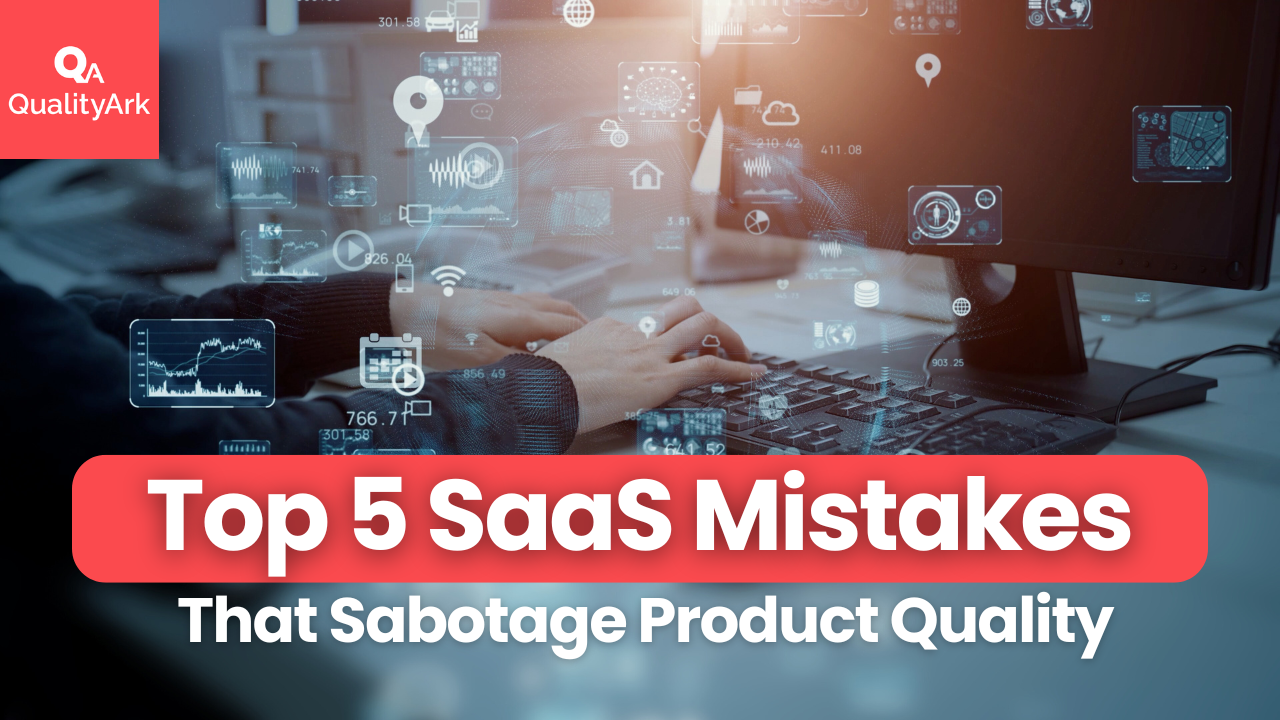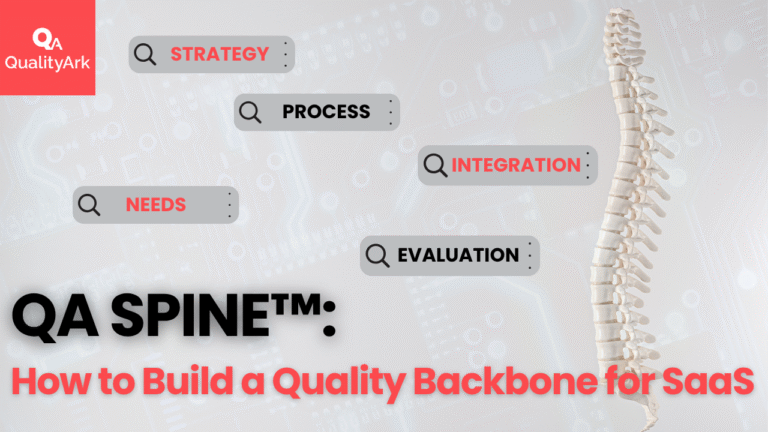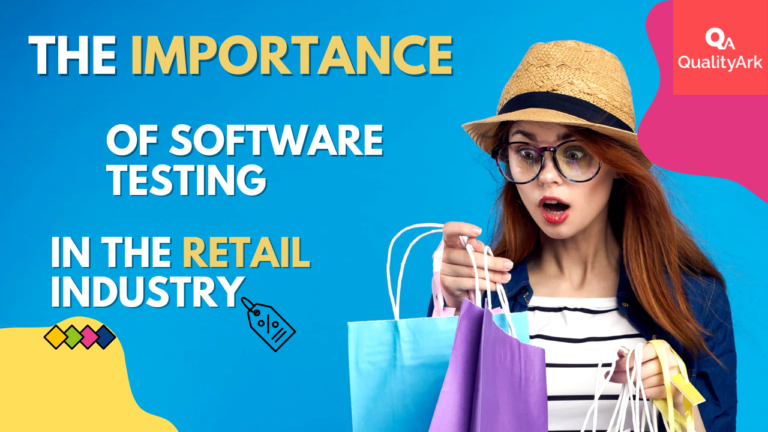Top 5 SaaS Mistakes That Sabotage Product Quality
In the SaaS world, speed is currency. New features, faster deployments, and immediate responses to market needs—these are the engines of growth. However, there’s a fine line between agility and chaos. Speed without quality is a currency without value. Every release could be your last if critical bugs, unforeseen regressions, or outages slip into production. The excitement of shipping a new feature fades quickly when support tickets flood in and your churn rate starts to climb dangerously.
Surprisingly, the most common cause of quality issues in SaaS companies isn’t a lack of testing, but the absence of a coherent quality assurance (QA) strategy. As consultants specializing in QA advisory for product teams and tech companies, we see the same mistakes repeated over and over. It’s from these observations that our list of the five most serious pitfalls sabotaging software quality was born. See if any of them sound familiar.
1. Testing After Release Instead of During Planning
It sounds obvious, yet it remains a plague in many organizations. Running tests only after development is complete, right before deployment, is a recipe for disaster—a costly one. According to research from IBM’s Systems Sciences Institute, the cost of fixing a bug found in production can be up to 100 times higher than addressing it during the design or development phase. This figure doesn’t just account for developer time. It also includes the cost of lost customer trust, the frustration of your support team, and potential business losses.
In a mature SaaS QA process, thinking about quality begins before a single line of code is written. It’s a process that includes:
- Risk Analysis: Which areas of the application are most critical from a business perspective? Where could a change cause the most damage? Answering these questions allows you to focus testing efforts where they will yield the greatest benefit.
- Test Planning: Defining the scope, strategy, and resources needed to ensure quality at every stage of the product lifecycle.
- Defining Non-Functional Requirements: Quality is more than just buttons that work. It’s also performance under load, scalability as your user base grows, and robust security. These aspects must be considered from the very beginning.
Our advice as QA advisors: Start thinking about quality during the planning and design phases, and don’t treat testing as the last, frantic step before release. Involve QA engineers in product meetings so they can contribute their perspective at the earliest possible stage.
2. No Automated CI/CD Pipeline with Quality Gates
Continuous Integration and Continuous Delivery (CI/CD) is the lifeblood of a modern SaaS. It enables fast and frequent deployments of changes. Unfortunately, we still encounter companies that deploy often but completely skip automated quality checks in their pipelines. Relying solely on manual or semi-automated testing in a dynamic environment is like trying to fight a forest fire with a water pistol. It simply doesn’t work. The result? Deployments are blocked at the last minute or, even worse, regressions make it to production, breaking features that were previously working flawlessly.
Effective automation isn’t about blindly trying to „test everything.” The art lies in intelligently weaving the right layers of tests into the CI/CD process, creating what are known as quality gates—automated checkpoints that stop faulty code before it can do any harm. Key elements include:
- Automated Regression Suites: Protecting key functionalities from being accidentally broken.
- Integration and Contract Tests: Ensuring that individual modules and services communicate with each other correctly.
- Smoke Tests: Quick tests run after every deployment to a test environment to verify that the most critical user paths are working correctly.
As QA consultants, we don’t just help you build automated tests. Above all, we support you in prioritizing the ones that deliver real value, so your pipeline runs efficiently, reliably, and doesn’t become a bottleneck.
See details about our Test Automation Kickstart services

3. Chaotic Bug Reporting & Feedback Loops
A poorly written bug report is a silent killer of productivity. „Feature X is not working”—a ticket like this wastes hours of the entire team’s time. The developer can’t reproduce the issue, testers go in circles, and the product manager lacks the clarity to assign the correct priority. According to estimates by CISQ (Consortium for Information & Software Quality), inefficient software quality practices, including poor bug reporting, cost the global economy billions of dollars annually.
What works instead of chaos? A structured and disciplined process:
- Standardized Bug Reports: Every report should include clear steps to reproduce, environment information (browser, OS), the expected vs. actual result, a severity level, and evidence in the form of screenshots, video recordings, or logs.
- Regular Triage Meetings: Recurring meetings for QA, developers, and product managers to jointly assess, prioritize, and assign new bugs. This eliminates misunderstandings and ensures everyone is working on the most important issues.
- Root Cause Analysis (RCA): After resolving a critical bug that made it to production, a mature team asks: „Why did this happen, and how can we prevent similar bugs in the future?”
Mature teams treat bug reporting as a key element of their communication process, not an improvisation.
4. Mounting Technical Debt Over Time
„We’ll refactor it later.” This is one of the most expensive lies in the IT world. „Later” rarely comes. Without systematic investment in code quality, the application’s complexity grows, and with it, the problems. Technical debt is like a loan—the longer you put off paying it, the higher the interest you pay in the form of slowed development, an increasing number of bugs, and developer frustration. Eventually, you reach a point where implementing the simplest change becomes risky and time-consuming.
Research provides hard data: projects with high code quality have 15 times fewer defects, are developed twice as fast, and have far more predictable problem-resolution times. Technical debt is not just an engineering problem—it’s a real business risk. That’s why we recommend:
- Allocating time for refactoring in every sprint.
- Automatically monitoring code quality metrics (cyclomatic complexity, duplication, test coverage).
- Using static analysis tools and architectural checks.
- Maintaining a modular architecture to limit the ripple effect of changes.

5. Lack of a Holistic QA Mindset
The most significant and, at the same time, most difficult mistake to fix is cultural. Too often, quality is treated as a separate „phase” in the process or the sole responsibility of the QA department. This thinking leads to silos and finger-pointing.
The symptoms of this problem are easy to spot:
- QA engineers are excluded from the early stages of product design and risk analysis.
- There are no shared quality KPIs across the entire team.
- Time for testing is constantly squeezed by the pressure for a quick release.
There is only one solution: a shift in organizational culture. Quality must become a shared responsibility of the entire team—from the product manager, through the developers, to the QA specialists.
- Involve QA in planning and the discovery phase to leverage their unique perspective.
- Establish shared quality metrics (e.g., defect leakage—the percentage of bugs that escape to production, system uptime, number of customer-reported bugs).
- Celebrate quality wins—not just shipped features, but also incidents that were successfully prevented.
In the world of SaaS, quality is a team sport. Without this mindset, every other process improvement will eventually fail.
How to Avoid These Pitfalls: An Action Plan
If you feel that your QA process is a patchwork of tools, manual tests, and constant „firefighting,” it’s time for a strategic change. Here is an action plan based on our work with dozens of SaaS companies:
- Embed QA early in the process, not just right before release.
- Automate smartly—focus on the tests that protect your most important business processes.
- Strengthen your feedback loops—implement bug reporting standards, regular triage, and root cause analysis.
- Reduce technical debt systematically instead of deferring it.
- Foster a culture of shared ownership for quality across the entire product team.
An organized and thoughtful QA process means faster releases, fewer production incidents, and, most importantly, happier customers.
Discover how our QA consulting approach can help – Book your free QA consultation today!
Want to learn more? Download our free whitepaper!
To dive deeper into the topic, download our free whitepaper: „SaaS QA: Navigating Modern Challenges.”
Inside, you’ll find:
- A detailed breakdown of the most common SaaS quality pitfalls.
- Our proprietary QA SPINE™ framework for building scalable QA strategies.
- Real-world case studies with measurable results.
- Practical tips for test automation, security, and process optimization.
This is a comprehensive guide for SaaS leaders who want to transform QA from a cost center into a competitive advantage.







